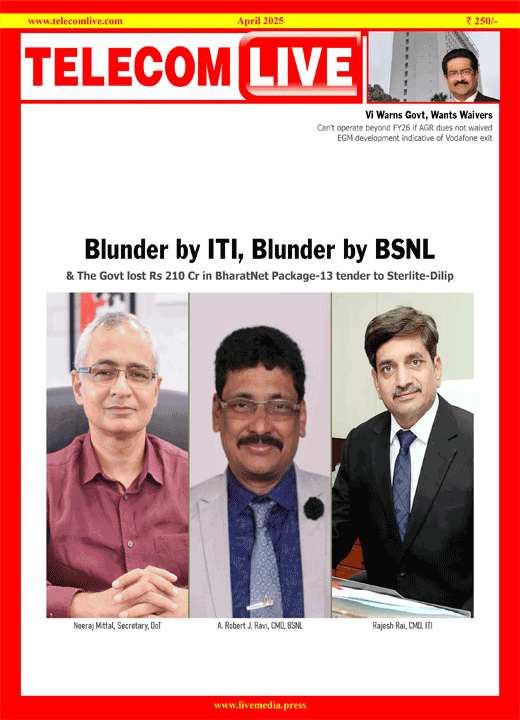Cable TV firms seek restriction on Prasar Bharti hosting private channels on OTT
Cable TV operators, including Siti, Hathway, Den, and GTPL, have urged the Ministry of Information and Broadcasting (I&B) to restrict Prasar Bharati from onboarding private TV channels on its forthcoming OTT platform.
In a letter dated September 2 to I&B secretary Sanjay Jaju, the cable TV operators, through All India Digital Cable Federation (AIDCF), urged the ministry to direct Prasar Bharti to withdraw its notice inviting application from broadcasters to offer their linear TV channels for the former’s OTT platform. A copy of the letter was seen by FE. The issue assumes significance as cable TV operators and direct-to-home (DTH) operators are already seeing subscriber losses from Prasar Bharati’s DD Free Dish, and the growth of OTTs. They said that adding TV channels to Prasar Bharati’s OTT platform would further impact their market share.
Secondly, cable TV operators say that by using broadcasters’ TV channels, Prasar Bharati is leading to a violation of the downlinking guidelines prescribed by the I&B ministry. As per the guidelines, broadcasters can only provide satellite TV channel signal reception decoders to MSO (multi-system operators), HITS (headend-in-the-sky) operators, IPTV (Internet Protocol television), and DTH operators.
Signal reception decoders are devices that receive and decode radio-frequency signals from satellites, converting them into video and audio signals for display on a television or other devices. “These guidelines are crucial for maintaining the integrity of broadcasting standards and ensuring that content distributed across various platforms is in line with the policies set by the ministry,” Manoj Chhangani, secretary general of AIDCF, said in the letter. According to Chhangani, non-compliance with downlinking guidelines by Prasar Bharati and the broadcasters happens to be in violation of the established regulations.
A section of industry executives said that since Prasar Bharati is governed by the Prasar Bharati Act and is outside the purview of Trai regulations and the Cable TV Amendment Act, broadcasters can provide their satellite TV channels on Prasar Bharati’s OTT platform. AIDCF, however, countered the argument, saying that it is a misconstrued logic used to circumvent the downlinking guidelines by the I&B ministry.
Besides, the action on Prasar Bharati, Cable TV operators also urged the ministry to issue a clear directive stating that OTT platforms are not permitted to broadcast any linear satellite TV channels or any linear content by stitching together linear programmes.
Currently, many broadcasters who run their OTT apps, are not streaming the complete linear TV channels on their platforms, but are instead providing popular programmes from those TV channels. These are server-based live streams and not satellite channels. “Many OTT applications are mushrooming due to the absence of any regulation or guidelines, which have stated providing linear satellite TV channels or programmes by stitching linear content illegally on their platforms, which is also in violation of the downlinking guidelines,” Chhangani said, adding that there is no control mechanism in place to restrict/regulate these violating OTT applications, which is leading to piracy issues as well.
According to AIDCF, in 2018, the combined subscriber base of Cable TV and DTH industry was around 180 million. The same has significantly reduced to 120 million in 2024, a fall of 33% in total subscriber base.



